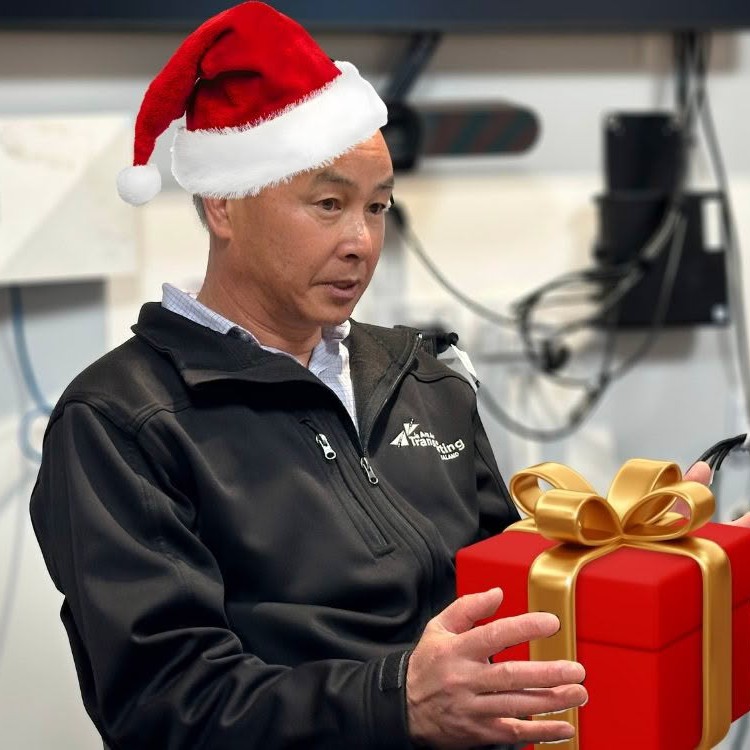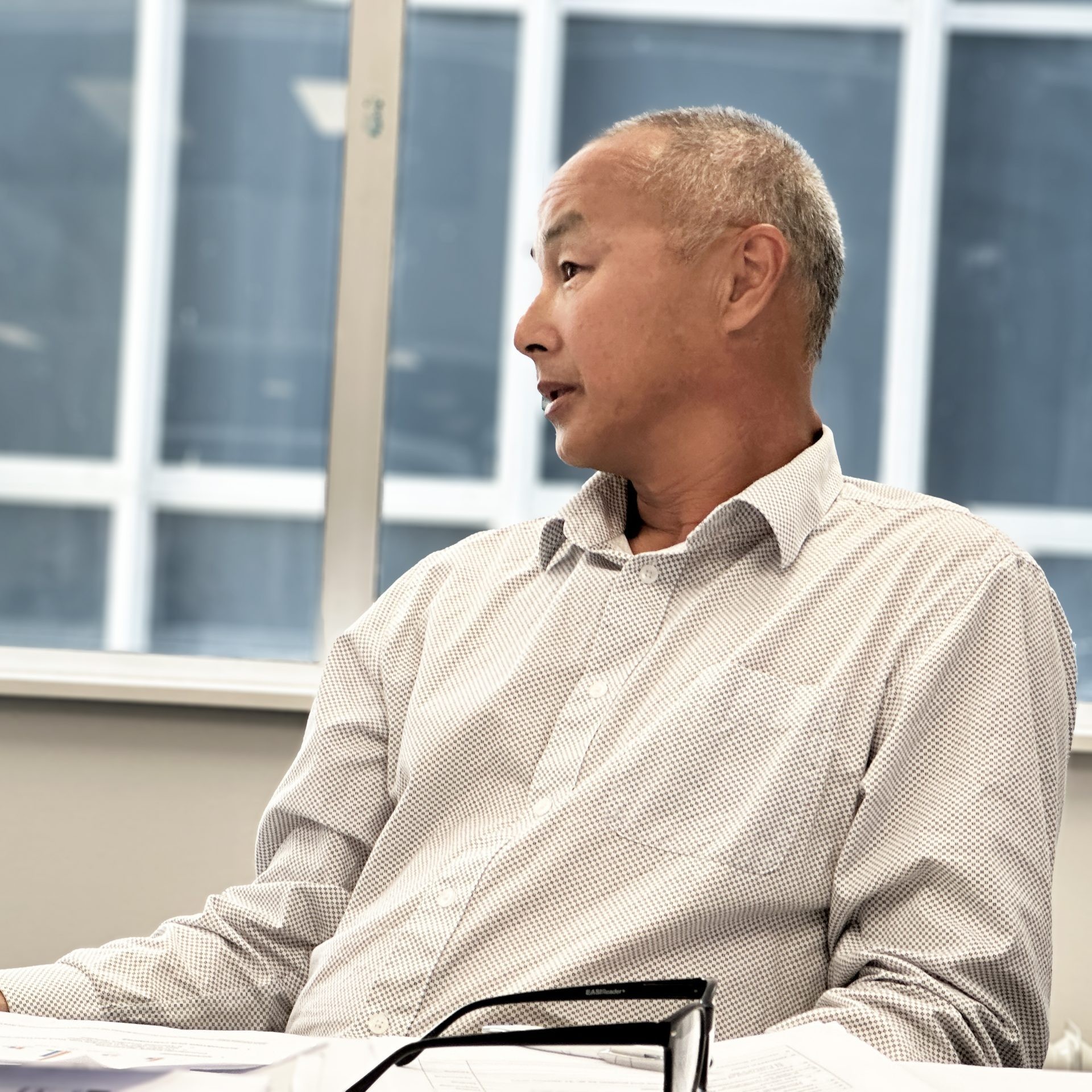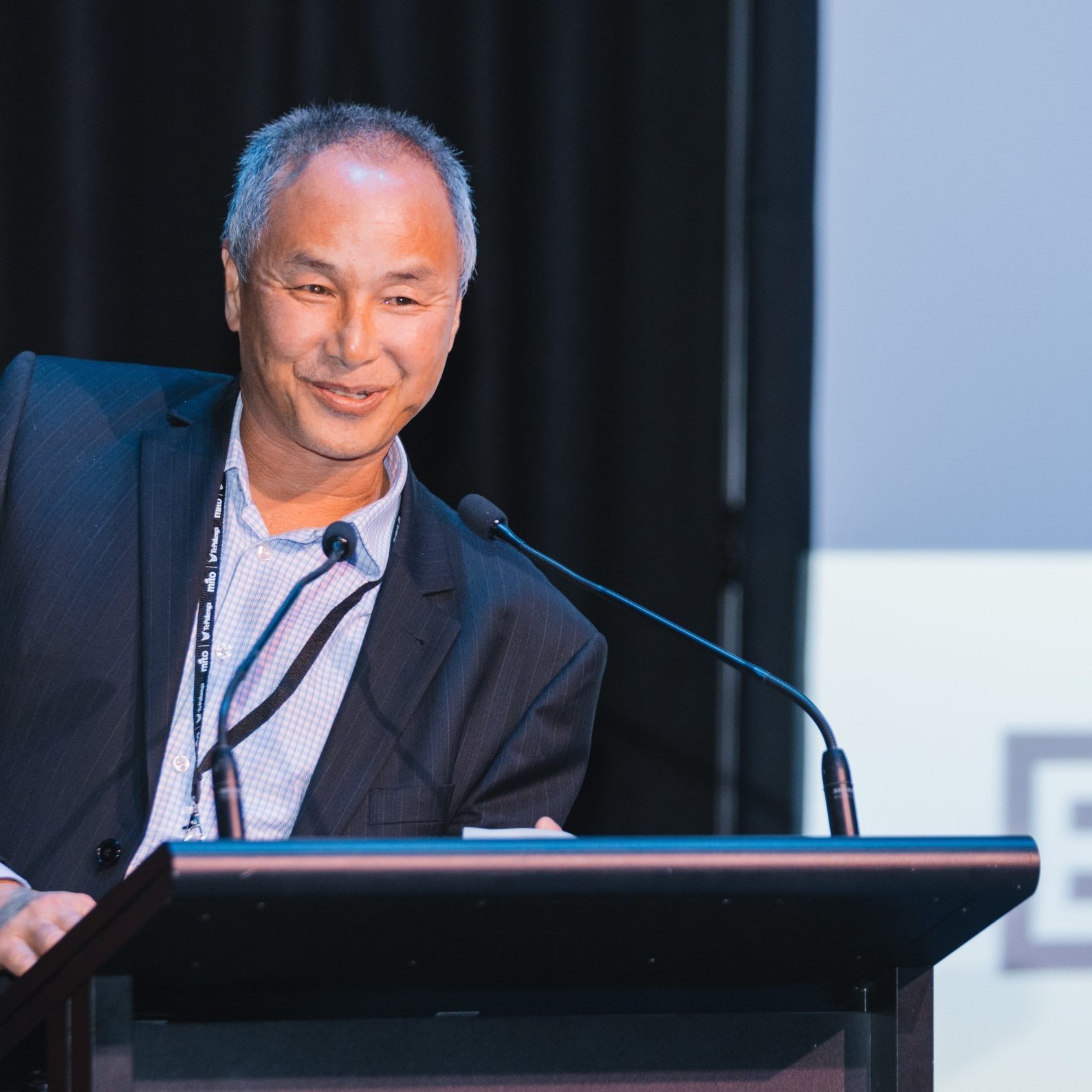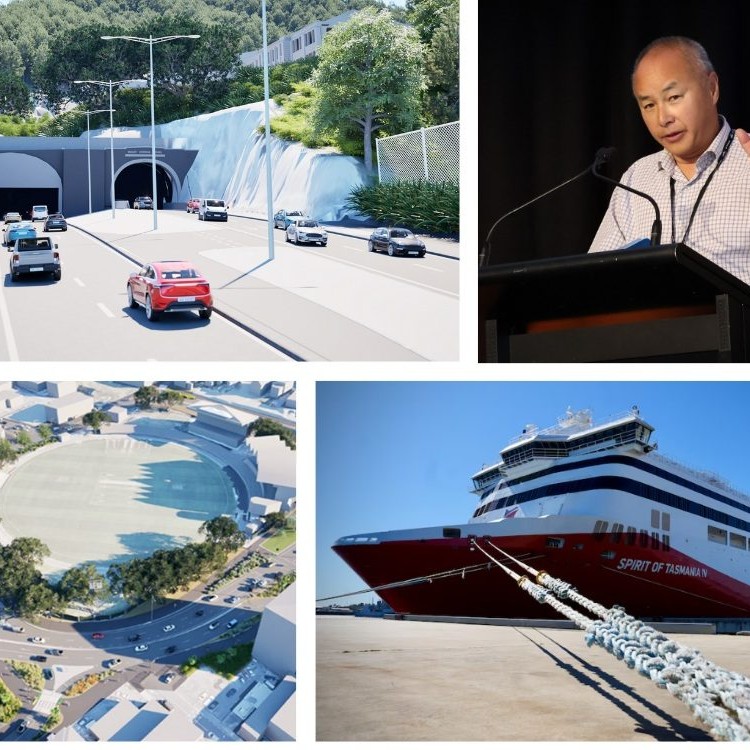
Politicians, government agencies, and the road transport industry can all agree on two things: 1) an efficient and reliable transport network is vital to the economic wellbeing of New Zealand; and 2) costs need to be contained.
However, you can’t cut costs in one area without forcing them to go up in another. Our concern is that those who use our roading network, both motorists and professional drivers, will bear the biggest brunt of cost increases.
The transport sector is unhappy about Finance Minister Grant Robertson’s announcement last week that the Government’s transport support package will end in June.
We stand by our earlier view that the fuel tax subsidy package should continue until inflation has dropped below 6 per cent. Economic forecasters predict interest rates may start to fall slightly, but not until November. Inflation is likely to be weaker than expected, but still between 6.9 per cent to 7.2 per cent. So, we think this announcement is premature. The minister’s announcement is quite deflating.
Since being introduced last year, the fuel tax subsidy has been extended a few times so we were hoping it would continue. Each time a fuel tax change does occur, it brings significant administrative burdens associated with purchasing road user charges, and these increased costs need to be passed on. Trucks carry 93 per cent of all freight in New Zealand so costs will hit all consumers and businesses.
We all agree the money for transport infrastructure has to come from somewhere, but who’s paying exactly – and how will the money be spent? Basic questions, you would think, but the answers we’ve got so far have been far from clear, which is why we’ve sent a “please explain” request to the Government.
Last week, Transport Minister Michael Wood announced that changes to Waka Kotahi’s fees and charges would raise its revenue by $66 million.
This follows proposals in May last year which resulted from the independent reviews of Martin Jenkins and Kristy McDonald KC, which ultimately found shortcomings at Waka Kotahi, describing it as regulatory failure.
This is money for administration things like driver licences, permits, vehicle inspection, RUC collection and so on. It’s not about building roads.
We’re seeking clarification because it appears only half the story’s being told.
Our first concern is that this additional $66 million is a massive increase on the $185 million a year that Waka Kotahi is spending already on administration. We appreciate that increases to fees and charges haven’t been made for some time so we accept some increase is needed, but an increase of some 54 per cent doesn’t appear to be clearly justified.
Imagine the outcry if transport operators increased their rates by an additional 54 per cent!
Our other concern is that Waka Kotahi was actually wanting an extra $100 million a year. So, if the fees and charges rise by only $66 million, that leaves a shortfall of $34 million. Our fear is that money is going to be taken from land transport revenue, RUC, and FED.
Given the state of the network, and particularly all the additional pressure from remediation of emergency works, if they’re stripping more money from RUC and putting it towards administrative activity, then that’s a bitter pill for us to swallow.
We’re not asking for the impossible. But we would like to see realistic funding levels set for roading infrastructure without the road transport industry – who sustain the nation’s economy – footing the lion’s share of the bill.
In other areas it’s good to see that transport sector agreement residence applications will open later this year as at one stage it appeared there would be further delays to this. Under this agreement, truck drivers primarily driving vehicles that require a class 4 or 5 licence will have a two-year work-to-residence pathway.
In a competitive international labour market, a residency pathway will make New Zealand a more attractive location for experienced drivers and help us retain talent.
However, we are disappointed that residency is limited to the drivers or class 4 or 5 licence vehicles, as we would have preferred to let market forces determine that.
We will also continue to push for additional government support to promote the tertiary qualifications pathway and structurally improve our domestic driver workforce through the Road to success programme.
– Dom Kalasih is acting chief executive of Ia Ara Aotearoa Transporting New Zealand.
Photo 38910340 / Dollar © Rafael Ben Ari | Dreamstime.com





